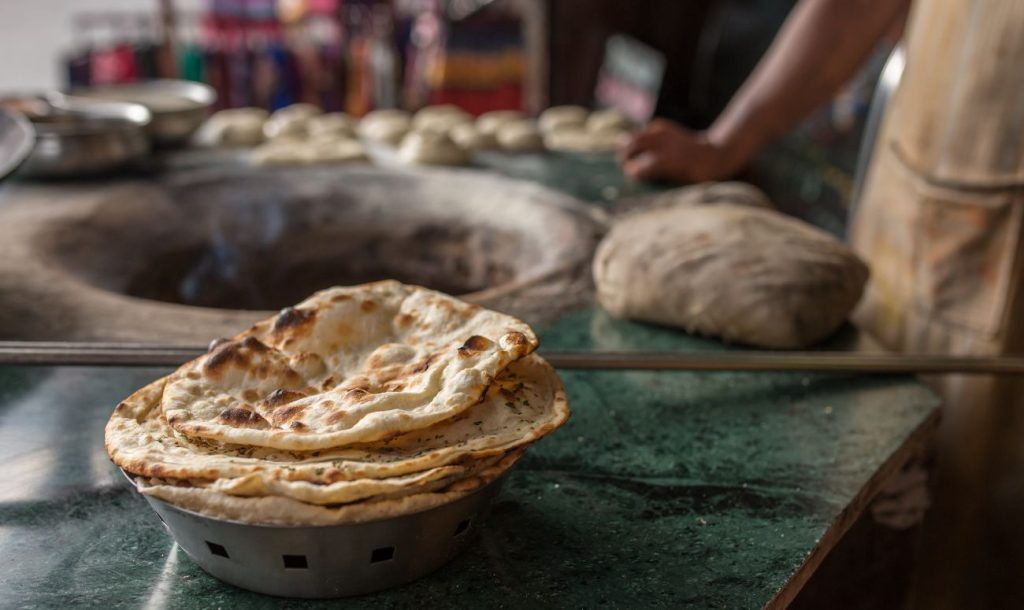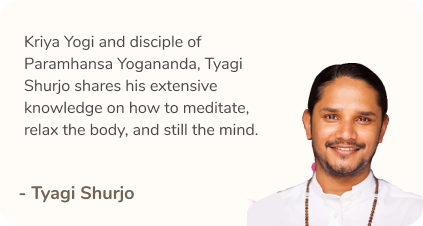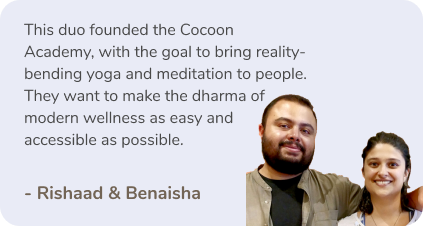A tandoor is a bell-shaped clay oven used for cooking especially in the Northern States of India.
Tandoors are some of the oldest cooking vessels with a history that dates back 5000 years to the Indus valley and Harappan civilizations. The modern tandoor was brought to parts of North India India by the Mughals during their reign. They would carry a portable tandoor with them whenever they travelled.
Why the Tandoor is a Pillar of Punjabi Cuisine?
Tandoor is an essential tool of Punjabi cuisine today. The credit for its popularity in India goes to Guru Nanak Dev who started the concept of sanjha chula or community oven in the State of Punjab. He encouraged this practice to promote equality and abolish the customs of caste and class barriers. Later it became a common meeting point where people from all walks of life would get together and socialize with others from the community. Not to mention it was a favourite place where women chatted away while cooking there. This custom is followed to date across Punjab. The communal tandoors were also a cost-efficient way of feeding a large community because once lit the tandoor could be used for cooking for long hours.
It was around 1947 that refugees from Punjab brought the tandoor to Delhi and then there was no stopping to its usage. The tandoors used then were buried in the ground and lit with wood fire. Later tandoors were placed completely above the ground and charcoal was used to light them. Tandoors are normally heated up to 500°C and kept lit for long hours.
The tandoor is a pillar of Punjabi cuisine and is used extensively to cook an array of dishes. Some of the famous and most relished dishes that come from Punjab are cooked in a tandoor.
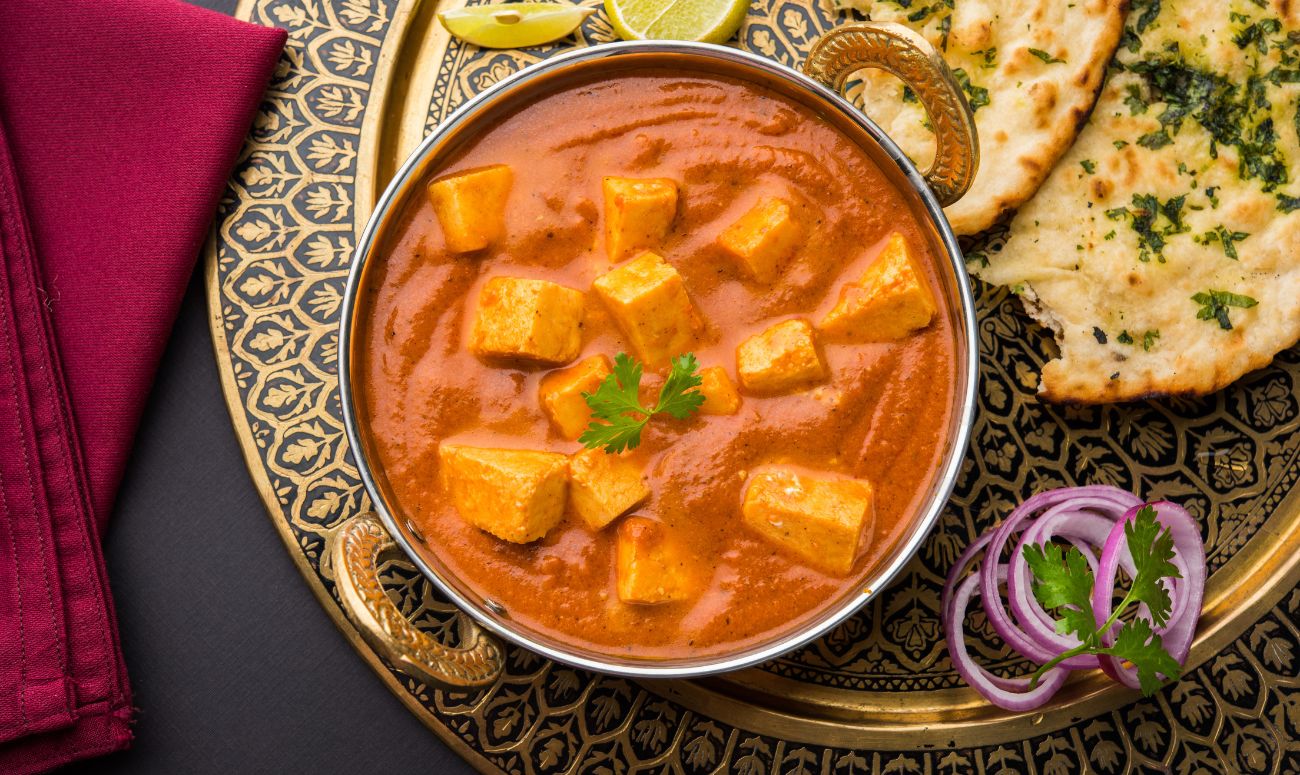
The tandoor is designed in such a way that it provides four different techniques of cooking that can be used to cook different types of food.
- The heat from the pit has an effect like baking.
- Direct heat from the charcoal gives a grilled effect.
- Fumes from the burning charcoal give a smoky flavour to the dishes.
- Hot clay walls give a griddle-like effect.
Tandoori cooking is a healthier option for cooking because food cooks faster, uniformly and without using any oil or butter. The only drawback is that the high temperature of the tandoor might char the food. This can be avoided by marinating the food items like vegetables before cooking. Yoghurt is the most common marinade base used which not only protects the vegetables but also softens them. When the marinade drips into the burning charcoal, it emanates fumes that give a smoky flavour to the food.
World’s Most Popular Indian Dishes
Some of the most famous Indian dishes are tandoori dishes. These include tandoori roti, naan and kulcha and Tandoori paneer or vegetables.
Tandoori roti, kulcha and naans are made in a tandoor by rolling the dough and sticking it onto the hot steep walls of the tandoor. Due to the blistering heat of the clay wall, the bread sticks on to it immediately and is cooked in 2 minutes.
Makki Ki Roti Recipe
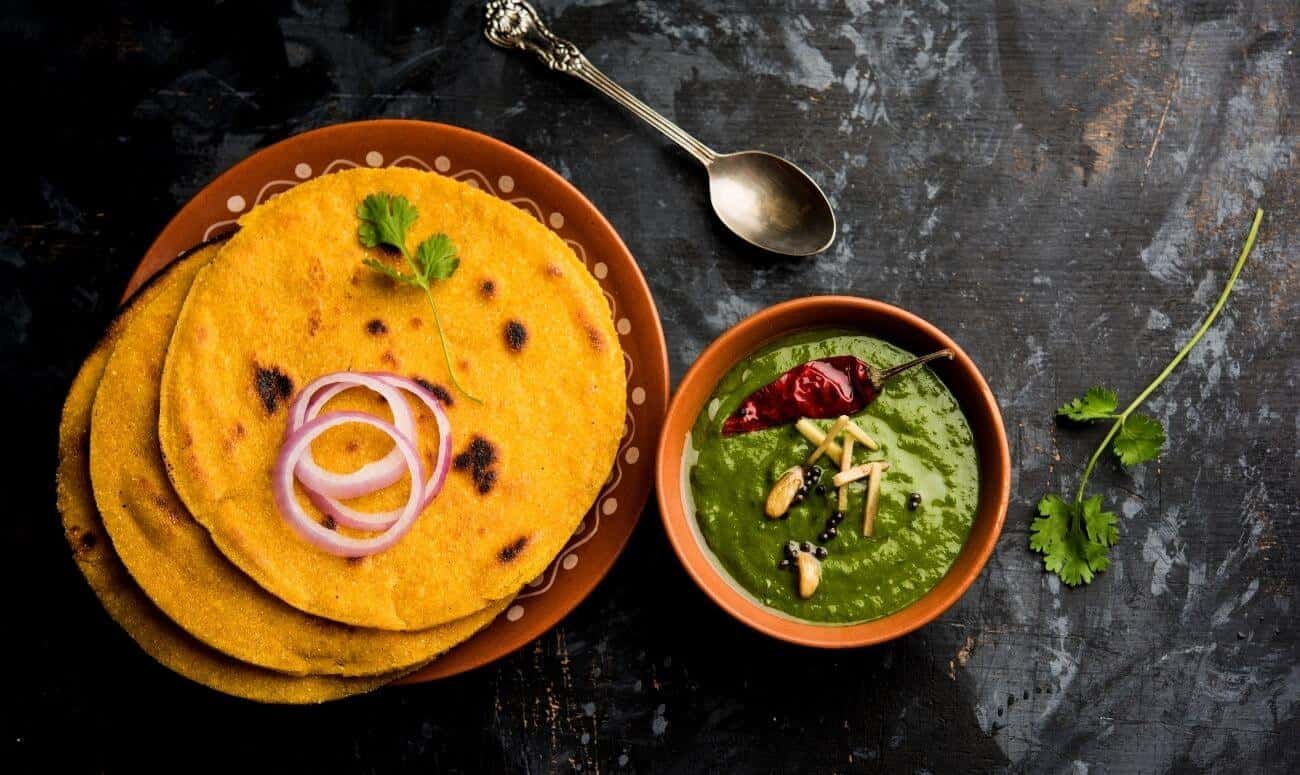
Ingredients:
- 3 cups makki ka ataa (cornmeal)
- 1 teaspoon salt
- 1¾ cups warm water
- 4 tablespoons ghee
Method:
- Combine the makki ataa with salt in a bowl. Gradually stir in the warm water and knead until all the water has been absorbed and the dough becomes like clay. Cover the dough and let it rest for 30 minutes.
- Transfer the dough onto a dry surface and knead well until soft and pliable. Divide the dough into 12 equal portions and roll each portion into a ball.
- To shape the roti, flatten each ball into a small patty. Place the patty between 2 sheets of plastic wrap and roll it out lightly into a 6-inch disc.
- Heat the tandoor over high heat. Place a roti on the inside and cook over medium heat until small bubbles appear on the surface. Flip the roti over and cook on the other side until light golden brown spots appear.
- Remove from the tandoor and brush with butter. Serve hot with sarson ka saag and jaggery.
Dr. Deepali Kampani is a digital content specialist who weaves health and food through her pen.
Read More: 7 All-Natural Harmful Skincare Ingredients You Should Be Aware Of
Like & Follow ThinkRight.me on Facebook, Instagram, Twitter, Pinterest and Telegram to stay connected.
